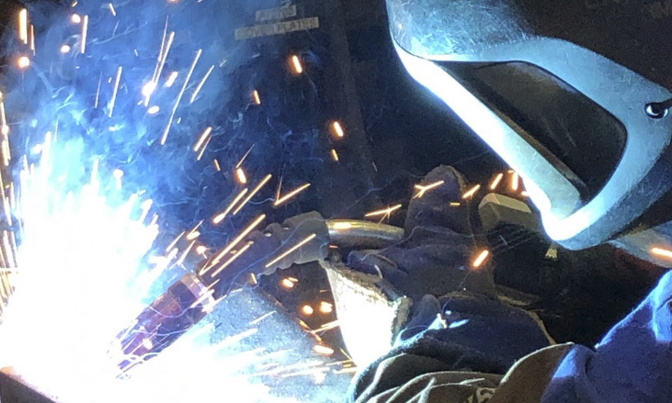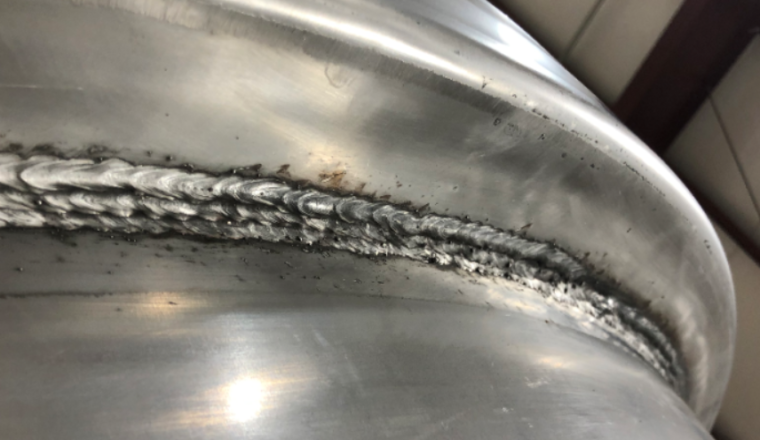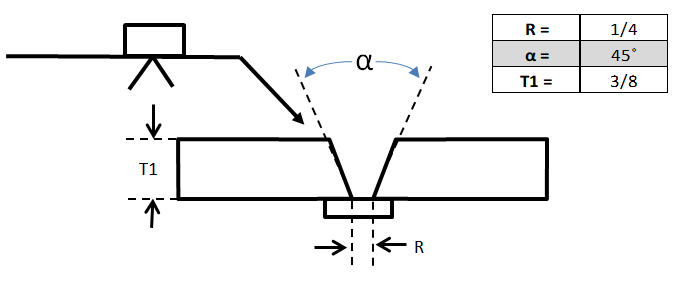Weld Failures: Why They Happen and How to Prevent Them

When a weld fails in the field, the consequences can be catastrophic. Our experience as welding engineering consultants has shown us that such failures often expose deeper issues within a company’s welding operations. These situations can lead to fears of additional failures in other products or structures, potential harm or fatalities, litigation, and even bankruptcy. […]









